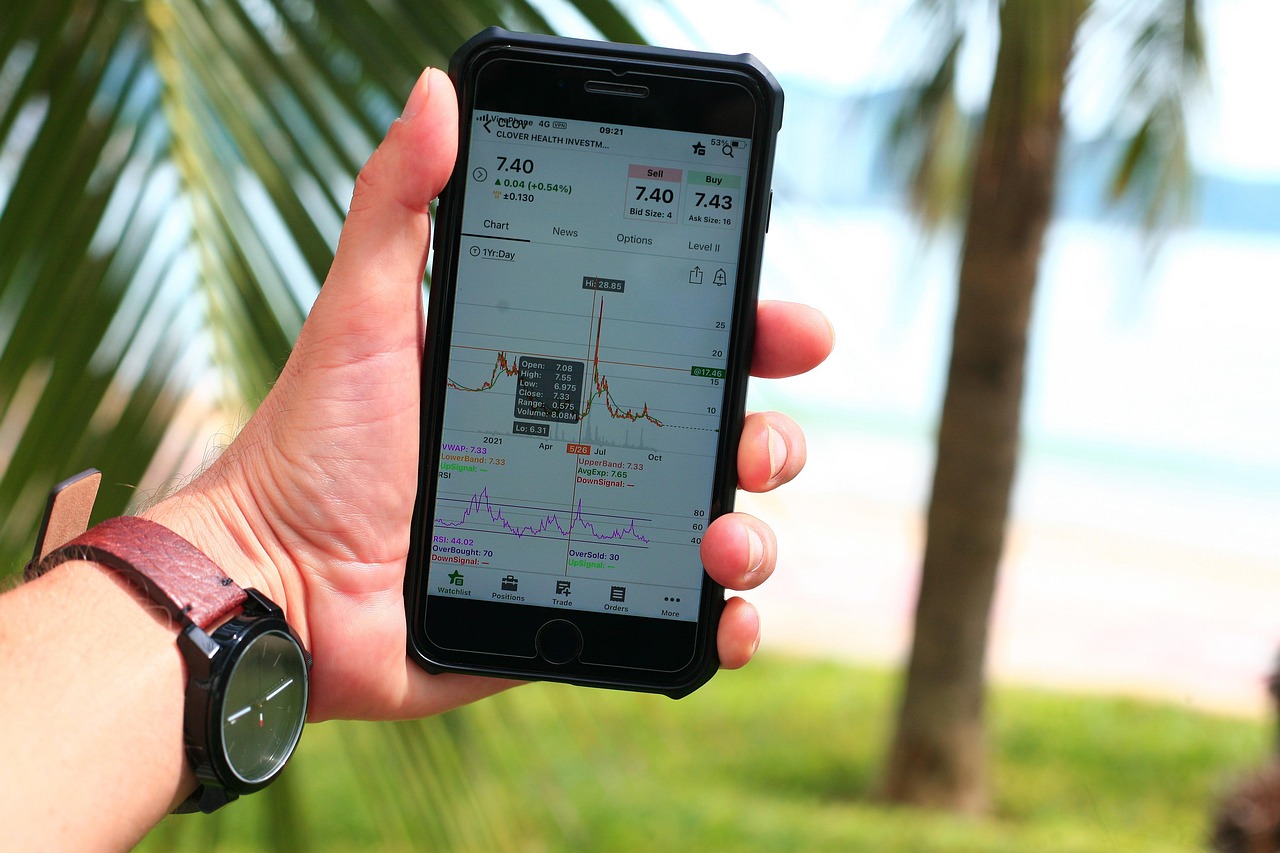AI-Driven Risk Model for On-Demand Labour Platform Liability

In recent years, the burgeoning on-demand labor market, epitomized by platforms such as Uber, Upwork, and TaskRabbit, has revolutionized how services are delivered and consumed. This transformation, while beneficial in many respects, has introduced a complexity of risks and liabilities that traditional risk assessment models struggle to address. As a response, an AI-driven risk model emerges as a pivotal tool, offering innovative solutions to manage and mitigate liabilities inherent in these platforms.
The dynamics of on-demand labor platforms involve freelance workers engaging in tasks or services without the traditional employer-employee relationship. This model creates unique risks, both for the platforms and the workers. Liability issues range from worker classification disputes to safety concerns and regulatory compliance. AI-driven models can enhance risk assessment by leveraging advanced machine learning algorithms and large datasets to predict, evaluate, and mitigate potential risks.
The Complexity of Liability in On-Demand Platforms
On-demand platforms operate in a legal grey area, often caught between being classified as technology companies or employers. This ambiguity poses significant liability challenges. Key issues include:
- Worker Classification: Deciding whether workers are independent contractors or employees impacts taxes, benefits, and legal protections.
- Safety and Security: Ensuring the safety of both workers and consumers, particularly in sectors like ride-sharing and home services.
- Regulatory Compliance: Adapting to varying regulations across jurisdictions demands a flexible yet robust risk management approach.
Traditional risk models often fall short due to their reliance on historical data and inability to process real-time information. In contrast, AI-driven models can adapt to new data inputs dynamically, offering more accurate and timely risk assessments.
AI-Driven Solutions to Liability Challenges
An AI-driven risk model utilizes machine learning, natural language processing, and data analytics to address liability on multiple fronts:
- Predictive Analytics: By analyzing patterns and trends in vast datasets, AI can forecast potential liabilities, enabling platforms to take preemptive action.
- Automated Compliance Monitoring: AI systems can continuously monitor changes in regulations and ensure that platform operations remain compliant, reducing the risk of legal penalties.
- Real-Time Risk Assessment: AI can evaluate risk in real-time, providing immediate insights that help platforms respond swiftly to emerging threats or incidents.
- Enhanced Decision-Making: Through robust data analysis, AI models can support better decision-making processes by highlighting areas of high risk and suggesting mitigation strategies.
These capabilities are instrumental in navigating the complexities of global markets, where legal frameworks and consumer expectations can vary significantly.
Global Context and Implications
Globally, the on-demand labor market is expected to continue its rapid growth. Countries and regions are grappling with the implications of this shift, often leading to diverse regulatory landscapes. For instance, the European Union has been proactive in proposing directives aimed at improving conditions for gig workers, while the United States sees varied approaches at the state level.
AI-driven risk models are particularly valuable in this context, offering a scalable and adaptable solution to manage these varied regulatory requirements. By providing platforms with the tools to operate within legal boundaries while ensuring worker safety and satisfaction, AI can foster a more sustainable and equitable digital labor economy.
Conclusion
The integration of AI-driven risk models in on-demand labor platforms represents a significant advancement in managing liabilities effectively. These models offer a comprehensive approach to risk management, combining predictive analytics, real-time data processing, and automated compliance checks to navigate the intricate challenges of this burgeoning sector. As on-demand labor platforms continue to evolve, leveraging AI for risk management will not only help mitigate liabilities but also promote a more resilient and adaptable market landscape.















